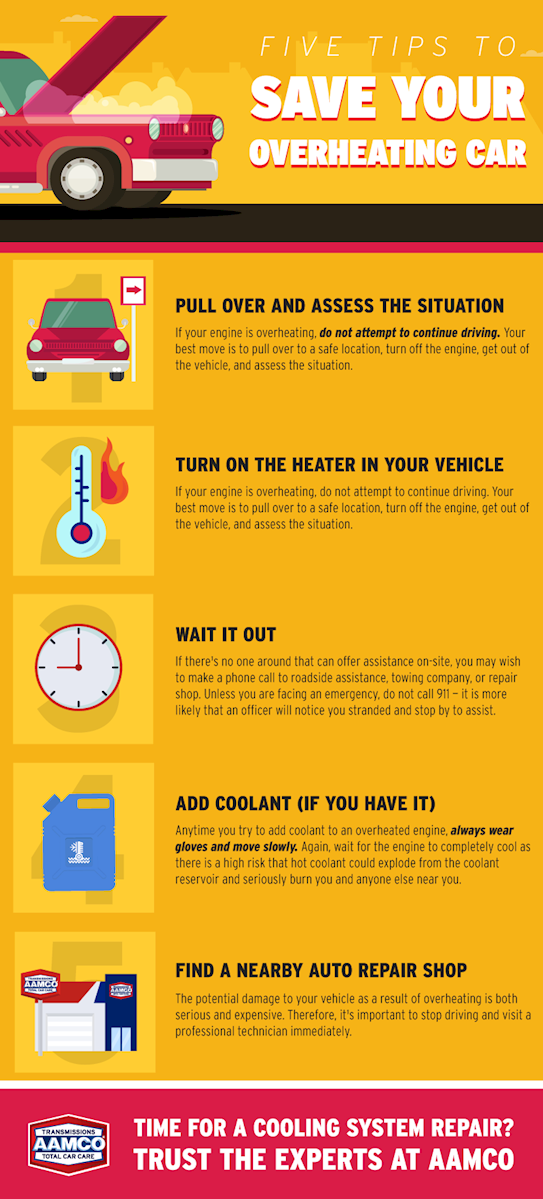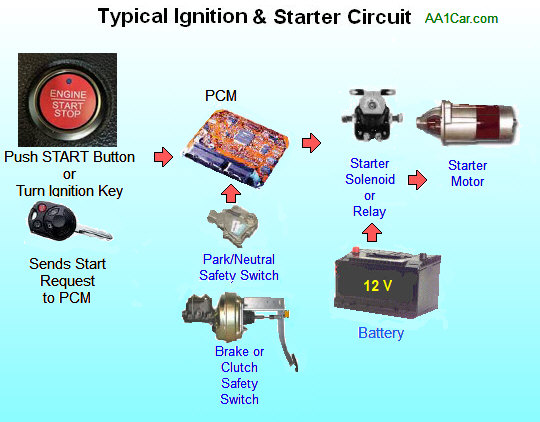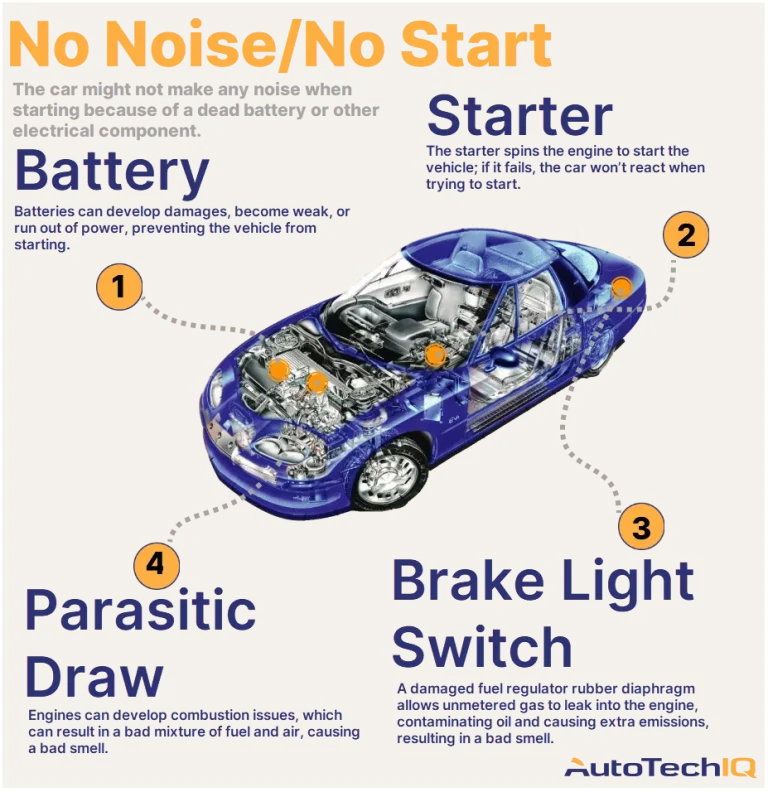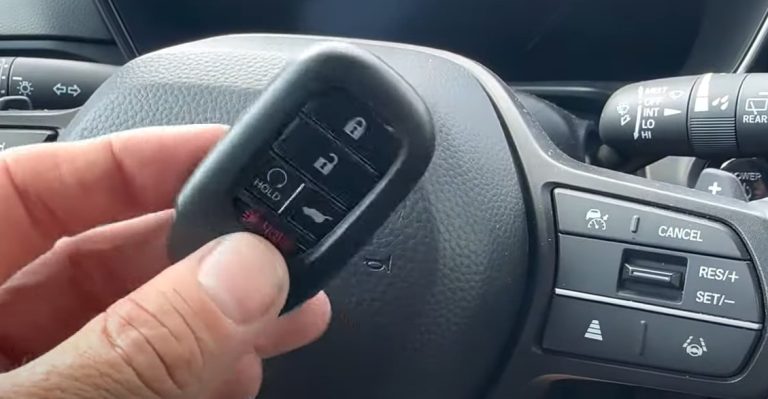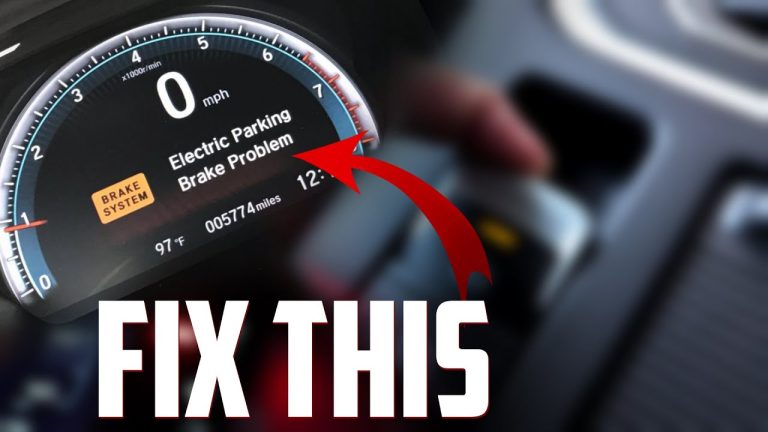Temporary Fix for Overheating Car: Quick Solutions
Turn off the AC, turn on the heater to draw heat from the engine, and pull over safely. Let the engine cool completely before checking coolant levels. Add coolant or water if low. Avoid heavy traffic or hills until repaired. Seek professional help as soon as possible.
It can be a nerve-wracking experience, especially if you’re far from home or a mechanic. You might feel a mix of anxiety and urgency, wondering how to prevent this from spiraling into a bigger, more expensive problem. The good news is, there are temporary fixes you can apply to cool things down and keep your car running smoothly, at least until you can get professional help.
Dive into this guide and discover practical solutions that can save you time, money, and stress. By reading on, you’ll empower yourself with knowledge that turns a potentially overwhelming situation into a manageable one. Don’t let an overheating engine ruin your day; let’s tackle it together, step by step.

Credit: www.youtube.com
Read more: http://How to Start a Jeep Cherokee With a Key: Easy Guide
Temporary Fix for Overheating Car
Causes Of Car Overheating
| Issue | Symptom | Temporary Fix |
|---|---|---|
| Low Coolant Level | Temperature gauge rising, steam | Add coolant or water to the radiator (after cooling down) |
| Broken Radiator Fan | Overheating in traffic, loud engine fan | Turn off AC, turn on heater to draw heat from engine |
| Blocked Radiator | Engine hot quickly, coolant boiling | Let engine cool, flush radiator if possible |
| Faulty Thermostat | Erratic temp readings, poor heat output | Remove thermostat (only as an emergency measure) |
| Driving in Heat or Traffic Jam | Temp rises in idle or slow movement | Pull over, let engine idle with heater on |
| Overworked Engine (AC On) | Sudden heat spike | Turn off AC immediately, drive gently |
1. Insufficient Coolant
Coolant plays a crucial role in keeping your engine temperature in check. Without enough coolant, your car is at risk of overheating. Always check your coolant level before starting your journey. A simple oversight can lead to a complex problem.
2. Faulty Thermostat
A thermostat regulates the flow of coolant to the engine. If it gets stuck, it can block the coolant flow, causing the engine to overheat. Imagine you’re stuck in traffic; a faulty thermostat might make your car’s engine feel the same way.
3. Radiator Problems
Your radiator is like your car’s air conditioning system for the engine. Blockages or leaks in the radiator can prevent it from cooling your engine effectively. Regular checks can save you from unwanted surprises on a long drive.
4. Broken Water Pump
The water pump circulates coolant throughout your engine. If it fails, your engine won’t receive the coolant it needs. Think of it as your car’s heart; if it stops pumping, everything else can go haywire.
5. Engine Oil Issues
Engine oil not only lubricates but also helps in heat dissipation. Low or dirty oil can cause your engine to heat up excessively. Changing your engine oil regularly is a simple step that can prevent overheating.
Do any of these sound familiar? Car overheating can be more than just a mechanical issue—it can disrupt your plans and stress you out. By understanding these causes, you can take proactive steps to prevent your car from overheating. Have you ever had an overheating scare? How did you handle it?
Read more: How to Start Car in Cold Weather: Expert Tips
Check Coolant Levels
An overheating car can be a stressful situation for any driver. One of the easiest temporary solutions is checking the coolant levels. Coolant helps regulate your engine’s temperature, preventing it from getting too hot. Low coolant levels might cause your car to overheat. Let’s explore how to check and maintain the right coolant levels.
What Is Coolant?
Coolant is a liquid blend of water and antifreeze. It circulates through the engine, absorbing excess heat. This fluid helps maintain the engine’s optimal temperature. Without enough coolant, the engine might suffer severe damage.
How To Check Coolant Levels
First, make sure the engine is off and cool. This prevents burns from hot components. Locate the coolant reservoir under the hood. It’s usually a clear plastic container with a cap. The side of the reservoir has markers for minimum and maximum levels.
Steps To Refill Coolant
If the coolant is below the minimum line, add more. Use a 50/50 mix of water and antifreeze. Carefully pour the mixture into the reservoir. Stop when it reaches the maximum line. Never overfill the reservoir. Close the cap securely after refilling.
Signs Of Coolant Leaks
Look for puddles under your vehicle. Coolant leaks often leave a sweet-smelling liquid. Check for wetness around hoses and clamps. A leak may indicate a bigger problem. Address leaks promptly to avoid engine damage.
Why Keeping Coolant Levels In Check Is Vital
Proper coolant levels ensure engine efficiency. It prevents overheating and costly repairs. Regular checks can extend your engine’s lifespan. Keeping coolant levels in check keeps your car running smoothly.
Inspect Radiator Cap
Checking the radiator cap can help with car overheating. A loose or damaged cap might cause coolant leaks. Tighten or replace it for a quick fix.
When your car starts overheating, panic can set in quickly. But before you start imagining costly repairs, consider some simpler solutions. One often overlooked component is the radiator cap. This small but vital part plays a crucial role in maintaining the correct pressure in your cooling system. A faulty radiator cap can lead to overheating, so inspecting it is a smart first step.
Check For Visible Damage
Start by looking at the radiator cap for any visible damage. Cracks, rust, or deformities can prevent it from sealing properly. If you notice any signs of wear, it’s time for a replacement. This simple inspection can save you from a bigger headache later.
Test The Seal
A radiator cap that doesn’t seal well can allow coolant to escape, leading to overheating. Carefully remove the cap when the engine is cool. Look at the rubber seal underneath. Is it cracked or stiff? If so, replacing it might be the solution to your overheating issues.
Observe The Spring Mechanism
The spring inside the radiator cap is designed to maintain pressure. Press the spring with your fingers to see if it compresses and rebounds smoothly. A spring that’s too weak or stuck could be the culprit behind your car’s overheating.
Consider The Pressure Rating
Every radiator cap is designed for a specific pressure rating. If the cap’s pressure doesn’t match your car’s requirements, it won’t work efficiently. Check the cap for a pressure rating label and compare it with your car’s manual. Using the correct cap can prevent unnecessary overheating.
Replace If Necessary
If any of these checks reveal issues, replacing the radiator cap is a simple and inexpensive fix. You can find a new one at any auto parts store. Make sure to get the right fit for your vehicle model. Sometimes, a small change can make a big difference. Taking a few minutes to inspect your radiator cap could save you from a costly repair. Have you checked yours lately? A little attention now could keep your car running smoothly down the road.
Utilize Engine Coolant
Engine coolant can act as a temporary fix for an overheating car. By topping off the coolant, you help lower the engine temperature and prevent further damage until professional help is available. Make sure to let the engine cool down before adding coolant.
When your car starts to overheat, it can be a moment of panic. But one of the quickest and most effective ways to manage this situation is to utilize engine coolant. Coolant plays a vital role in regulating your car’s temperature, especially when it’s struggling to keep cool. Let’s dive into practical steps you can take to leverage engine coolant during an overheating emergency.
Check Coolant Levels Regularly
Regularly checking your coolant levels can prevent overheating. Make it a habit to glance at the coolant reservoir before long drives or in hot weather. Low coolant levels can lead to increased engine temperature, causing damage over time. Keeping an eye on these levels gives you peace of mind and keeps your car running smoothly. You don’t need to be a car expert; just a quick visual inspection can make all the difference.
Top Up Coolant When Necessary
If you notice the coolant level is below the recommended mark, it’s time to add more. Ensuring the reservoir is filled to the right level is crucial. Use the correct type of coolant specified in your car manual. This avoids potential issues from using the wrong mixture. Have you ever found yourself on a road trip with an overheating car? Adding coolant saved me from a breakdown in the middle of nowhere. It’s a simple step that can keep your journey on track.
Use Coolant Mixture Wisely
Coolant is not just water; it’s a mix of antifreeze and water. This mixture prevents the engine from freezing in winter and overheating in summer. Using the right mix ensures your engine is protected against temperature extremes. Be cautious not to use pure water, as it can boil and lead to further overheating. Imagine being stranded in a scorching desert with an overheated engine—wisely using the right coolant mix can prevent this scenario. It’s about being prepared and understanding your car’s needs.
Monitor Engine Temperature
Keeping an eye on the temperature gauge is crucial. It helps you notice any unusual spikes in temperature. Responding quickly to changes can prevent severe engine damage. If you see the needle rising, it’s time to take action. What would you do if your car started overheating on a busy highway? Monitoring the engine temperature gives you the chance to act before it’s too late.
Consider Professional Advice
While topping up coolant is a quick fix, consistent overheating may need professional help. A mechanic can diagnose underlying issues that aren’t solved by coolant alone. They can offer guidance on preventive measures and ensure your engine is in top shape. Seeking expert advice is a smart move for peace of mind. Don’t wait for your car to break down to consult a professional. It’s better to be proactive than face a costly repair later.
Turn Off Unnecessary Features
Turning off unnecessary features can help cool down an overheating car. Disable air conditioning and heated seats to reduce engine load. This simple adjustment may prevent further damage and improve your car’s performance temporarily.
When your car starts to overheat, panic might set in quickly. But before you pull over and call for help, there are some simple steps you can take to cool things down temporarily. One effective method is to turn off unnecessary features in your car. This can be a lifesaver when you’re stuck in traffic or far from a service station. Read on to discover practical tips on managing your car’s overheating issues by reducing the workload on its engine.
Turn Off The Air Conditioning
Switching off the air conditioning is one of the fastest ways to relieve stress on your engine. The AC system demands extra power, which can exacerbate overheating. You might feel a bit uncomfortable, but it’s a small price to pay for preventing further damage to your engine.
Minimize Electrical Load
Your car has numerous electrical features that can be turned off. Things like the radio, seat warmers, and charging ports are non-essential when your car is overheating. Each of these draws power and adds to the strain on your engine. Have you ever noticed how much quieter and smoother the car runs with fewer gadgets operating? Give it a try.
Reduce Headlight Usage
If you’re driving during the day, consider turning off your headlights. While it may seem trivial, headlights can add to the load on your car’s electrical system. It’s an easy adjustment that could help your engine cope better with the heat.
Limit Use Of Windshield Wipers
Unless you’re driving in heavy rain, try to limit the use of your windshield wipers. They might seem insignificant, but like other features, they require power from your engine. It’s surprising how many small changes can collectively make a big difference.
Keep The Windows Closed
Opening windows might seem counterintuitive when the AC is off, but keeping them closed can improve your car’s aerodynamics. This reduces engine strain and helps maintain a cooler temperature under the hood. Have you ever noticed how much smoother your drive feels with reduced wind resistance? By turning off unnecessary features, you can help your car manage its temperature more effectively. Next time you face overheating, think about what you can do without. This small change could mean the difference between reaching your destination safely and being stranded on the side of the road.

Credit: www.youtube.com

Credit: www.reddit.com
Frequently Asked Questions
What Causes A Car To Overheat Temporarily?
A clogged radiator or low coolant levels can cause temporary overheating. Regular maintenance helps prevent these issues.
Can I Drive My Car If It’s Overheating?
No, driving an overheating car can damage the engine. Stop immediately and let it cool down.
How Do I Cool Down An Overheating Car Quickly?
Turn off the air conditioning. Turn on the heater. This transfers heat from the engine to the cabin.
Conclusion
Fixing an overheating car temporarily can be a lifesaver. Simple steps like checking coolant levels help. Keep a water bottle handy for emergencies. Regular maintenance prevents future issues. Driving safely reduces the chance of overheating. Short trips can minimize engine stress.
Know your car’s limits to avoid breakdowns. Temporary fixes offer peace of mind when needed. Always consult a mechanic for long-term solutions. Stay alert to temperature gauges on long drives. These tips protect your car and ensure a smoother ride.
Prioritize safety and comfort while driving.

